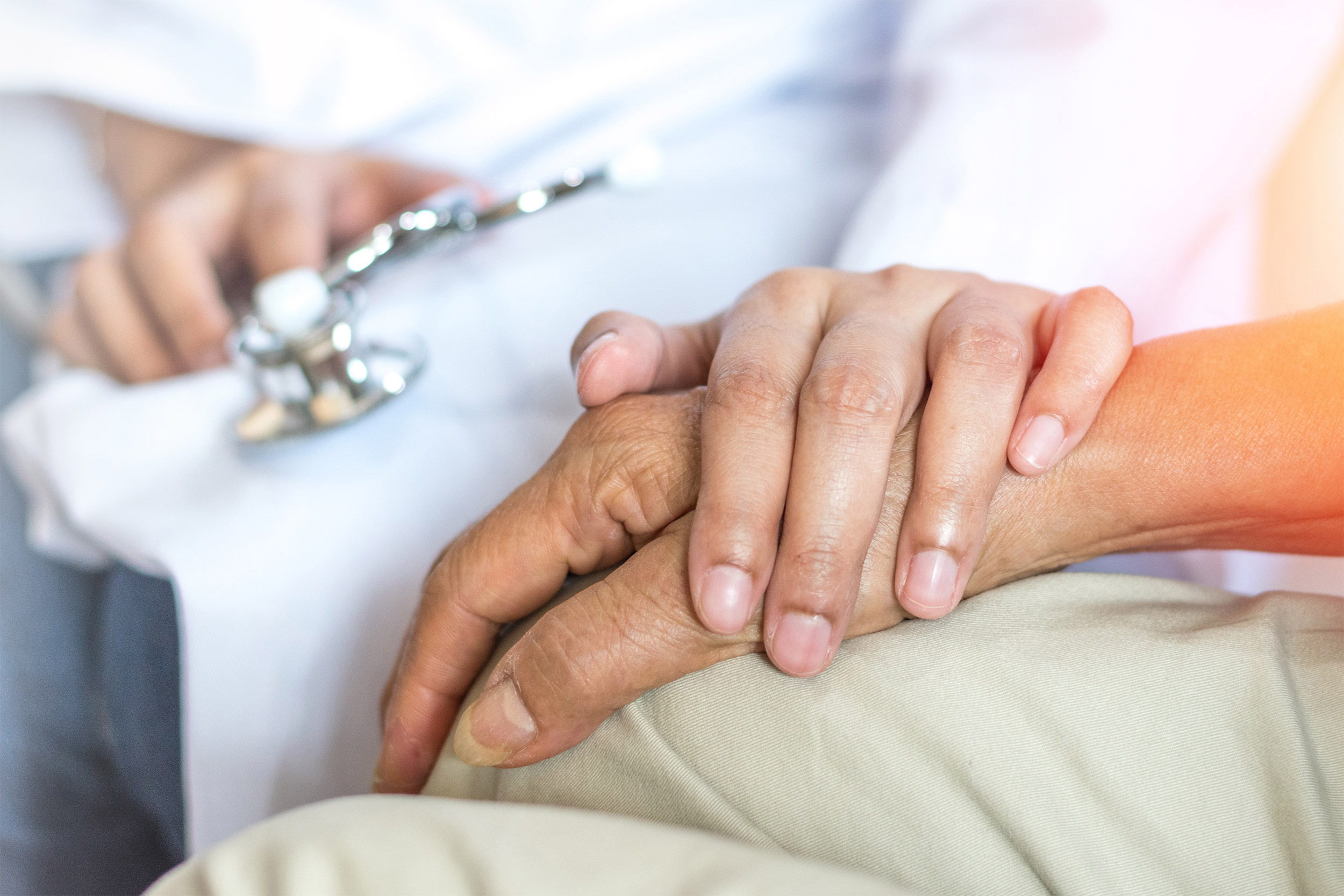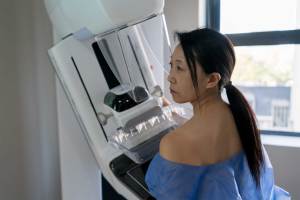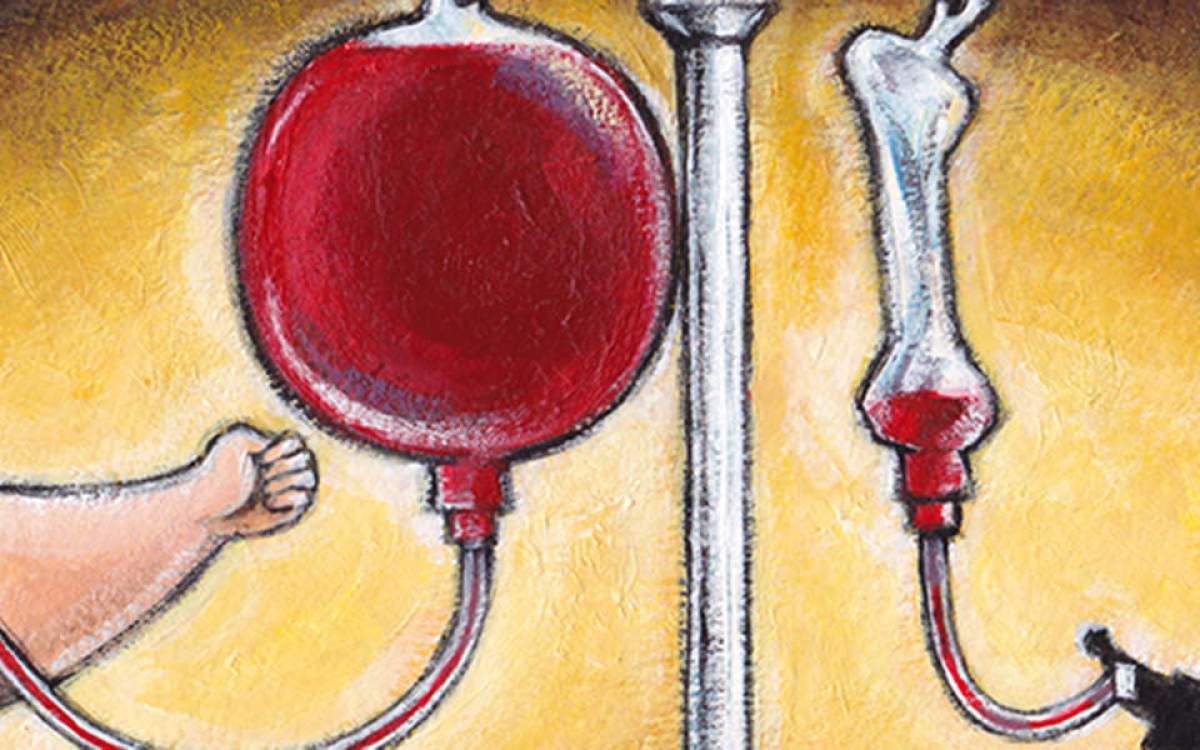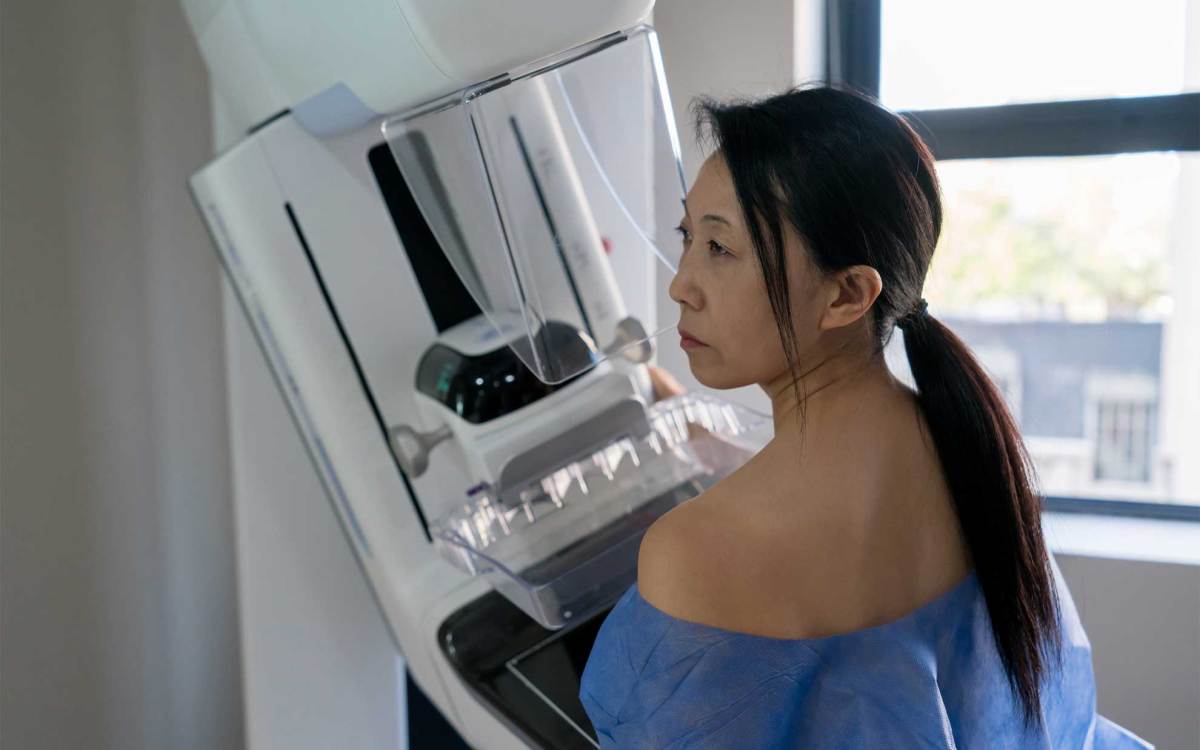
iStock
Home hospital model reduces costs by 38%, study says
Randomized controlled trial of the model reports improvements in outcomes, care
The home hospital model of care — in which select patients receive hospital-level care for an acute illness from the comfort of their own home instead of in a traditional hospital — has become increasingly popular across the U.S.
A pilot study conducted by investigators at Harvard-affiliated Brigham and Women’s Hospital indicated that the model has the potential to lower costs and improve care. Now, the results of the investigators’ randomized controlled trial with more patients strengthens the evidence, showing that home hospital care reduced cost, utilization, and readmissions while increasing physical activity compared with usual hospital care. Results are published in Annals of Internal Medicine.
“This work cements the idea that, for the right patients, we can deliver hospital-level care outside of the four walls of the traditional hospital, and provides more of the data we need to make home hospital care the standard of care in our country,” said corresponding author David Levine, a physician and researcher in the Division of General Internal Medicine and Primary Care. “It opens up so many exciting possibilities — it’s exciting for patients because it gives them the opportunity to be in a familiar setting, and it’s exciting for clinicians because we get to be with a patient in that person’s own surroundings. As a community-minded hospital, this is a way for us to bring excellent care to our community.”
Levine and colleagues enrolled 91 adults into their trial. Each patient had been admitted via the emergency department at Brigham and Women’s Hospital or Brigham and Women’s Faulkner Hospital with a select acute condition — including infection, heart failure exacerbation, chronic obstructive pulmonary disease exacerbation, and asthma exacerbation — and lived within five miles of the hospital. Patients were randomized to either stay at the hospital and receive standard care or receive care at home, which included nurse and physician home visits, intravenous medications, remote monitoring, video communication, and point-of-care testing.
“This work cements the idea that, for the right patients, we can deliver hospital-level care outside of the four walls of the traditional hospital, and provides more of the data we need to make home hospital care the standard of care in our country.”
David Levine
The team measured the total direct cost of care, including costs for nonphysician labor, supplies, medications, and diagnostic tests. They found that for patients who received care at home, total costs were 38 percent lower than for control patients. Home hospital patients had fewer lab orders, used less imaging and had fewer consultations. The team also found that home hospital patients spent a smaller portion of the day sedentary or lying down and had lower readmission rates within 30 days than control patients. Because of the strength of its positive findings, the study was stopped early.
Levine notes that payment remains a challenge for the home hospital model, in part because most insurance companies do not yet recognize the home as a place where hospital-level care happens, although the Brigham is making headway with insurers. With the conclusion of the trial, the Brigham is now increasing home hospital capacity to make it clinically available to more patients.
Levine and his colleagues are continuing to test and improve the home hospital model.
“We know there’s always more work to be done, and so we pride ourselves on being a continuous learning and innovation shop,” he said. “We’re now launching trials that include remote patient care, we’re adding artificial intelligence to home hospital care, and we’re even exploring ways to bring home hospital care to rural settings. We’ll continue to refine and spread this model so that even more patients can get home hospital care.”
This work is supported by the Partners HealthCare Center for Population Health and internal departmental funds. Levine reports grants from Biofourmis outside the submitted work. A co-author reports consulting income from Verily, GreyBird Ventures, and Atlas5D outside the submitted work. A co-author reports grants from Mallinckrodt Pharmaceuticals and Portola Pharmaceuticals outside the submitted work. Disclosures can also be viewed here.








